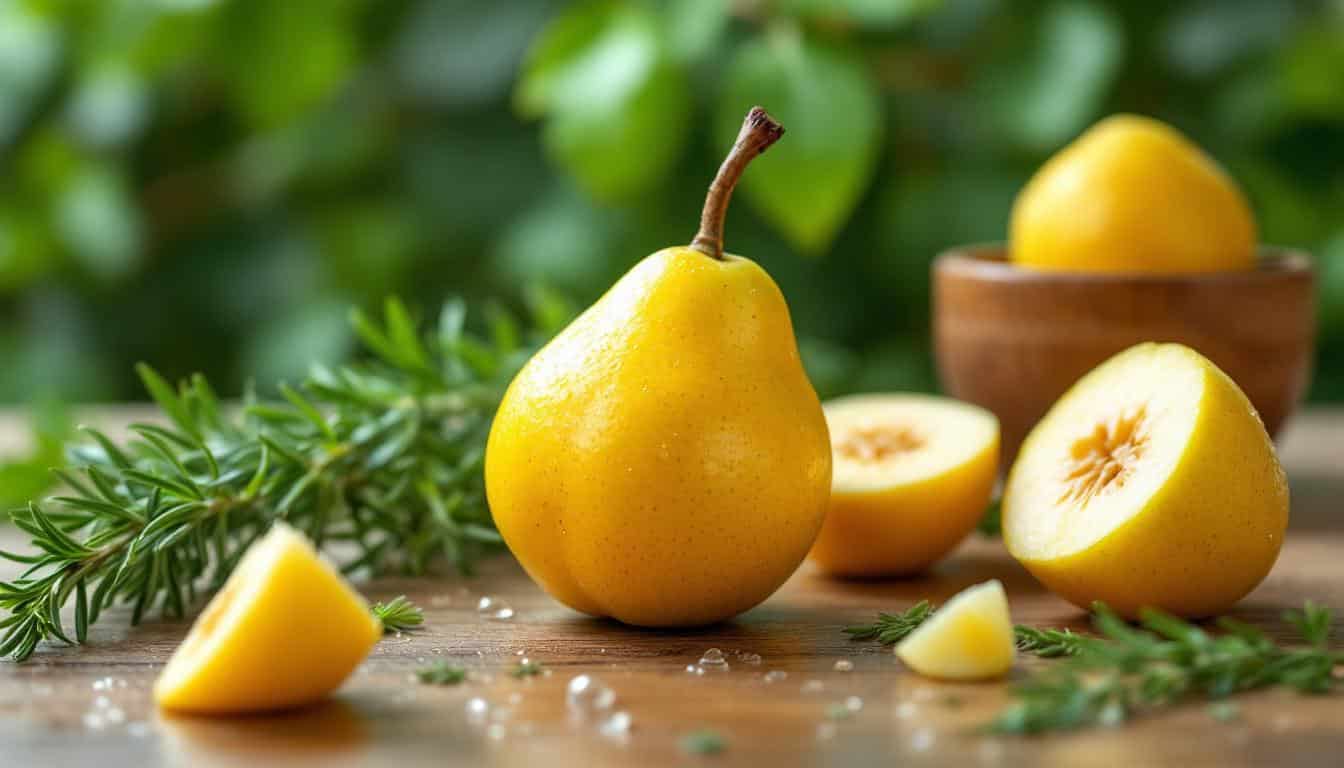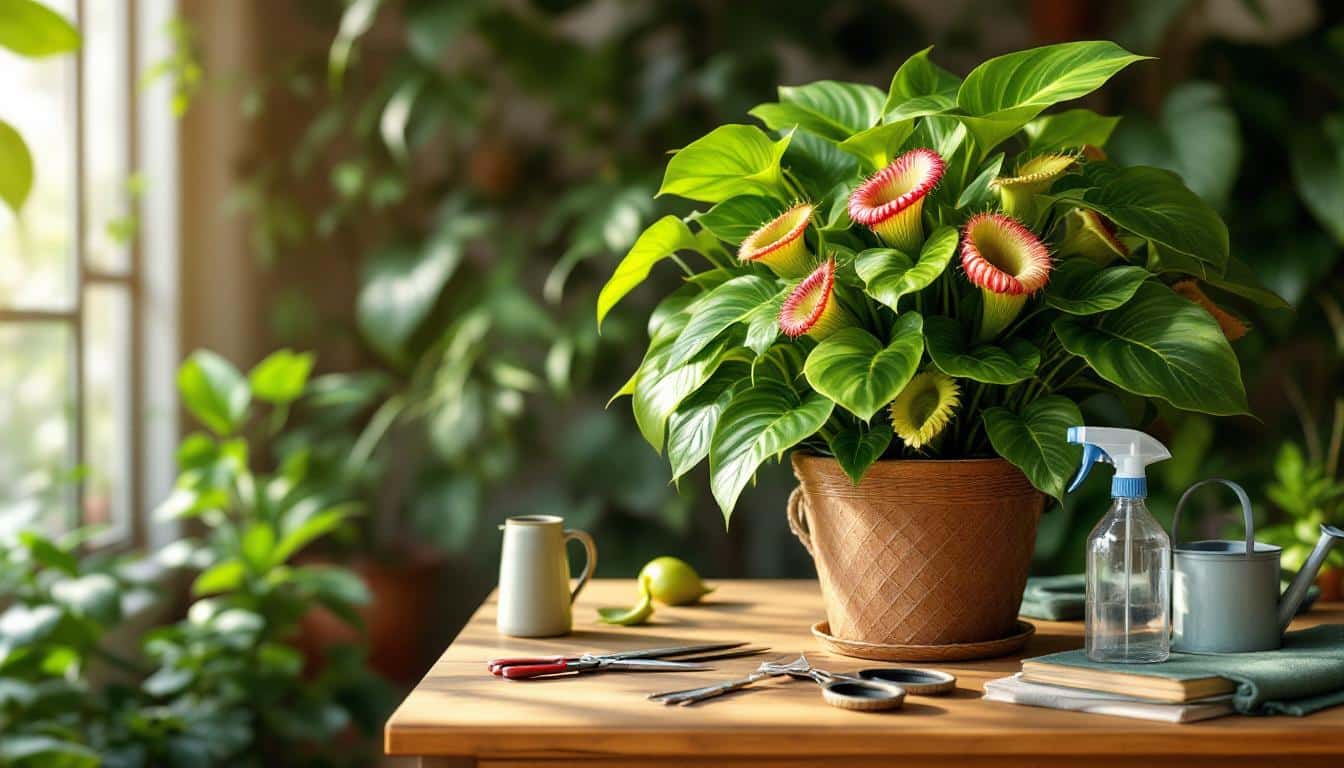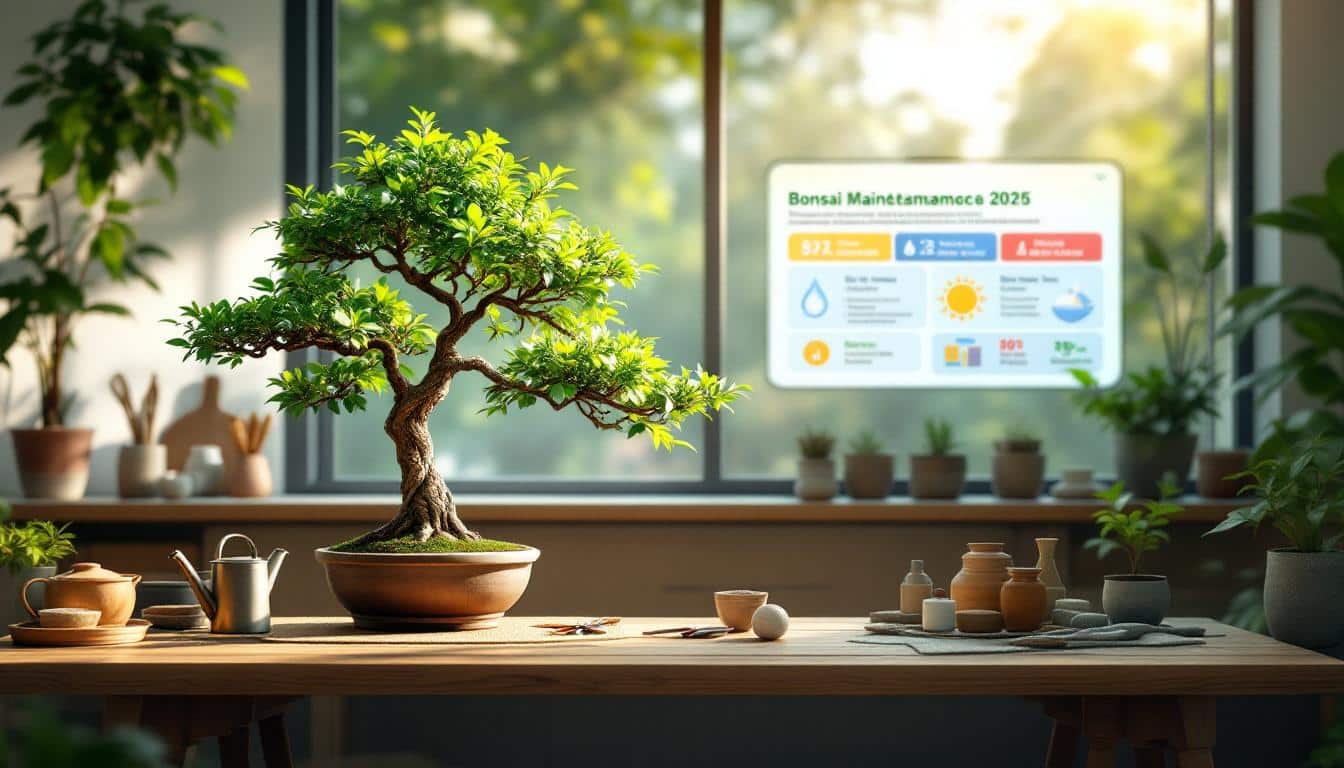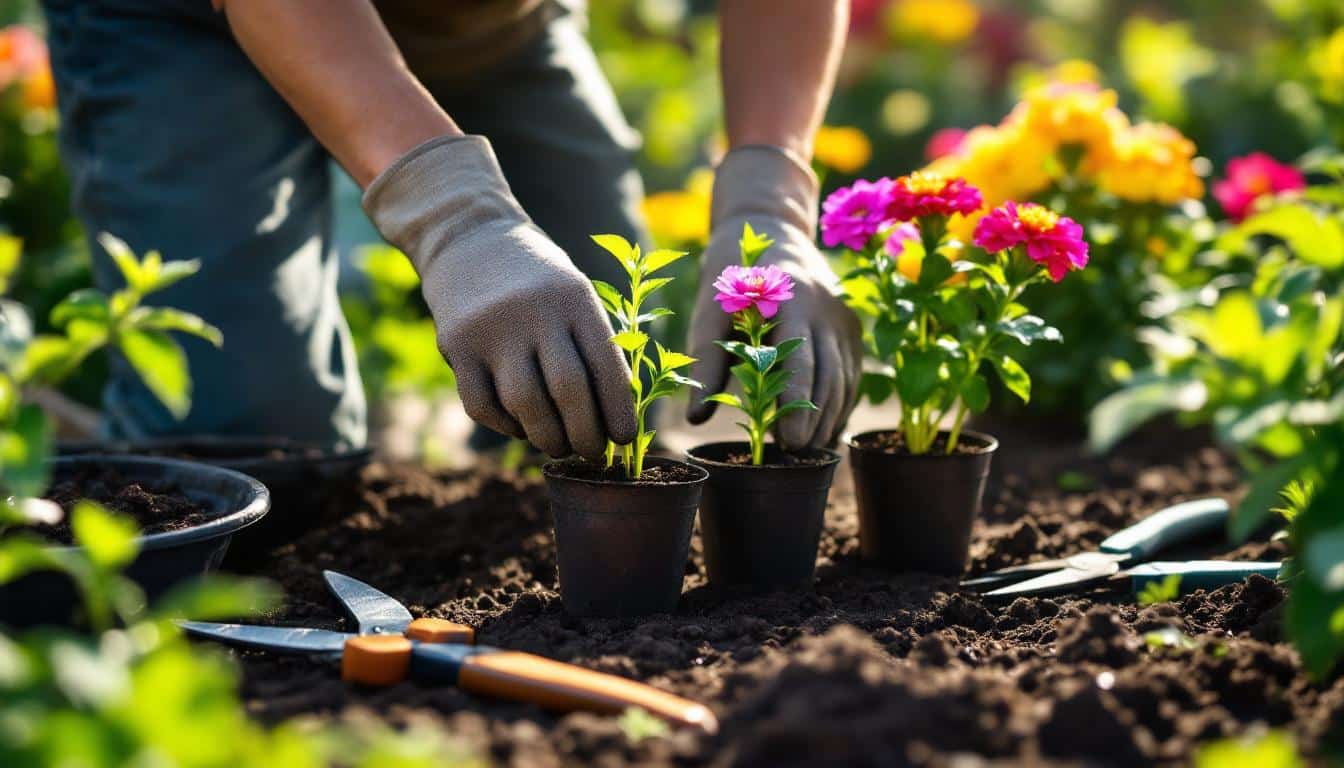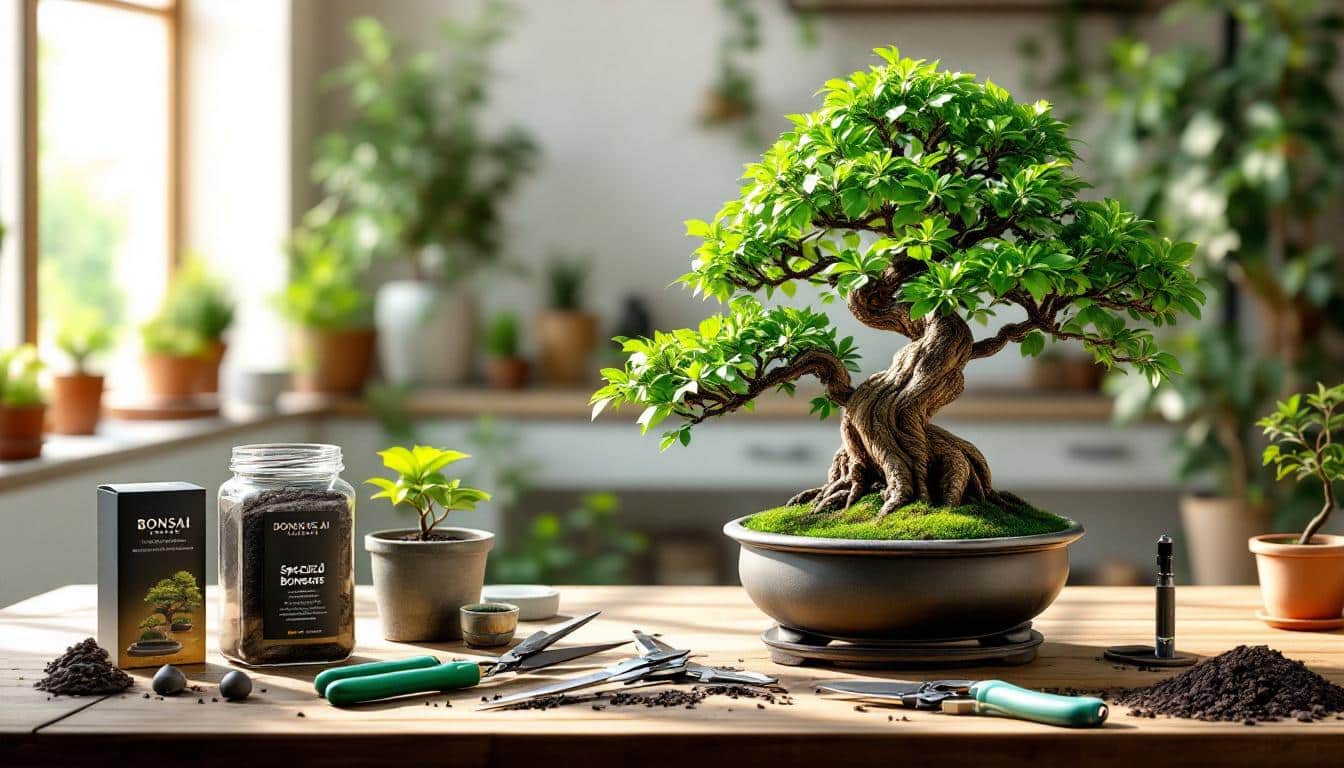Plongez dans l’univers fascinant du bonsaï, cet art vivant qui compose un parfait équilibre entre patience, créativité et harmonie avec la Nature. Depuis ses origines millénaires en Chine jusqu’à sa perfection japonaise, le bonsaï incarne aujourd’hui un véritable symbole de sérénité et de maîtrise. En 2025, connaître les secrets du Bonsaï Art, c’est maîtriser une discipline qui transcende le simple jardinage pour devenir un vrai art de vivre. Découvrez comment cette pratique allie esthétique, philosophie zen, et techniques minutieuses pour créer de véritables œuvres miniature. Que vous soyez débutant ou connaisseur, chaque arbre devient une aventure personnelle, un voyage intérieur où la nature s’offre à votre regard avec élégance et poésie. Préparez-vous à explorer les techniques, la symbolique et l’entretien d’un art ancestral en pleine renaissance dans le monde moderne. Bienvenue dans l’univers du Zen Bonsaï : un monde où chaque feuille, chaque branche, raconte une histoire d’équilibre et de patience.


